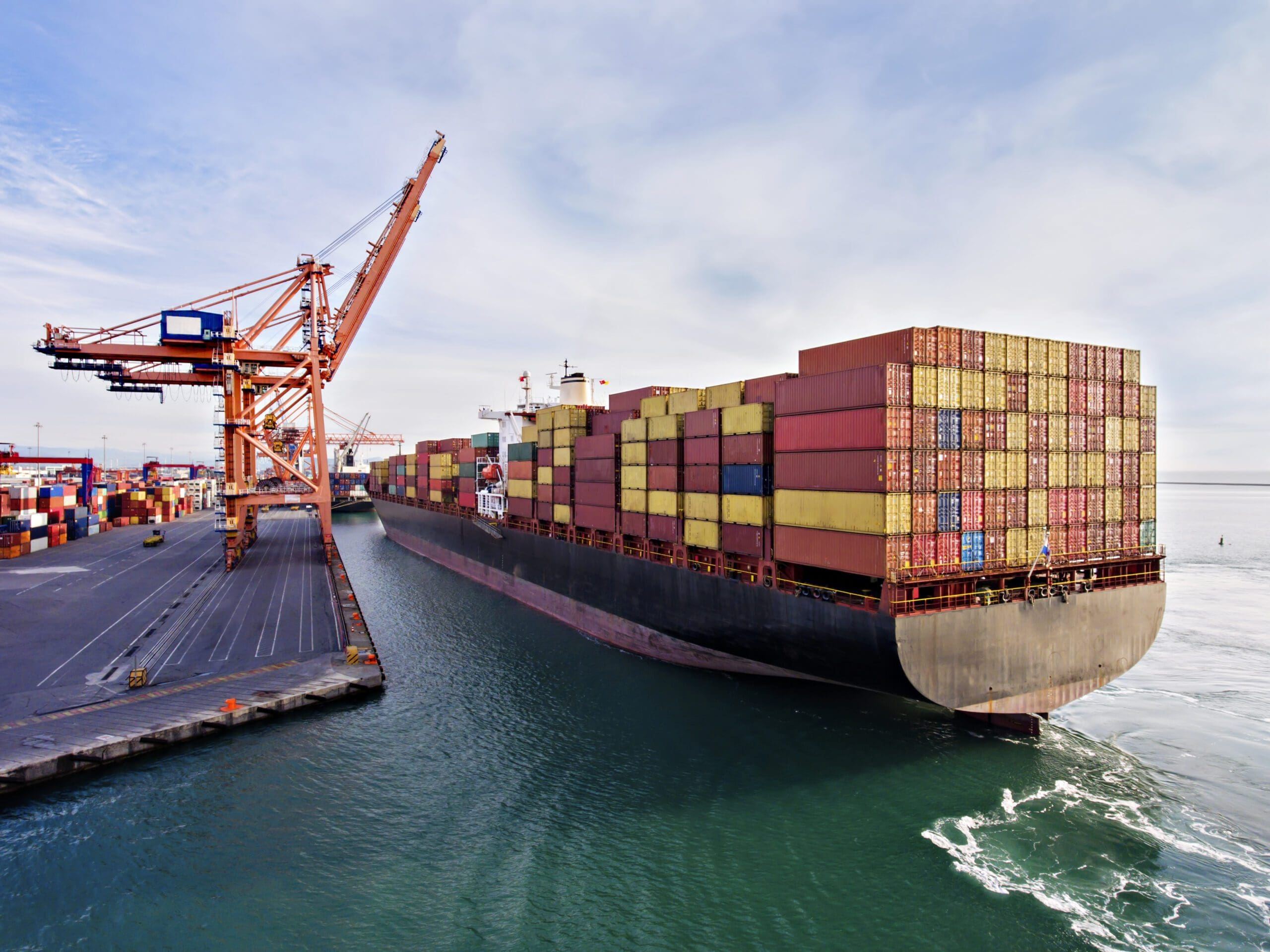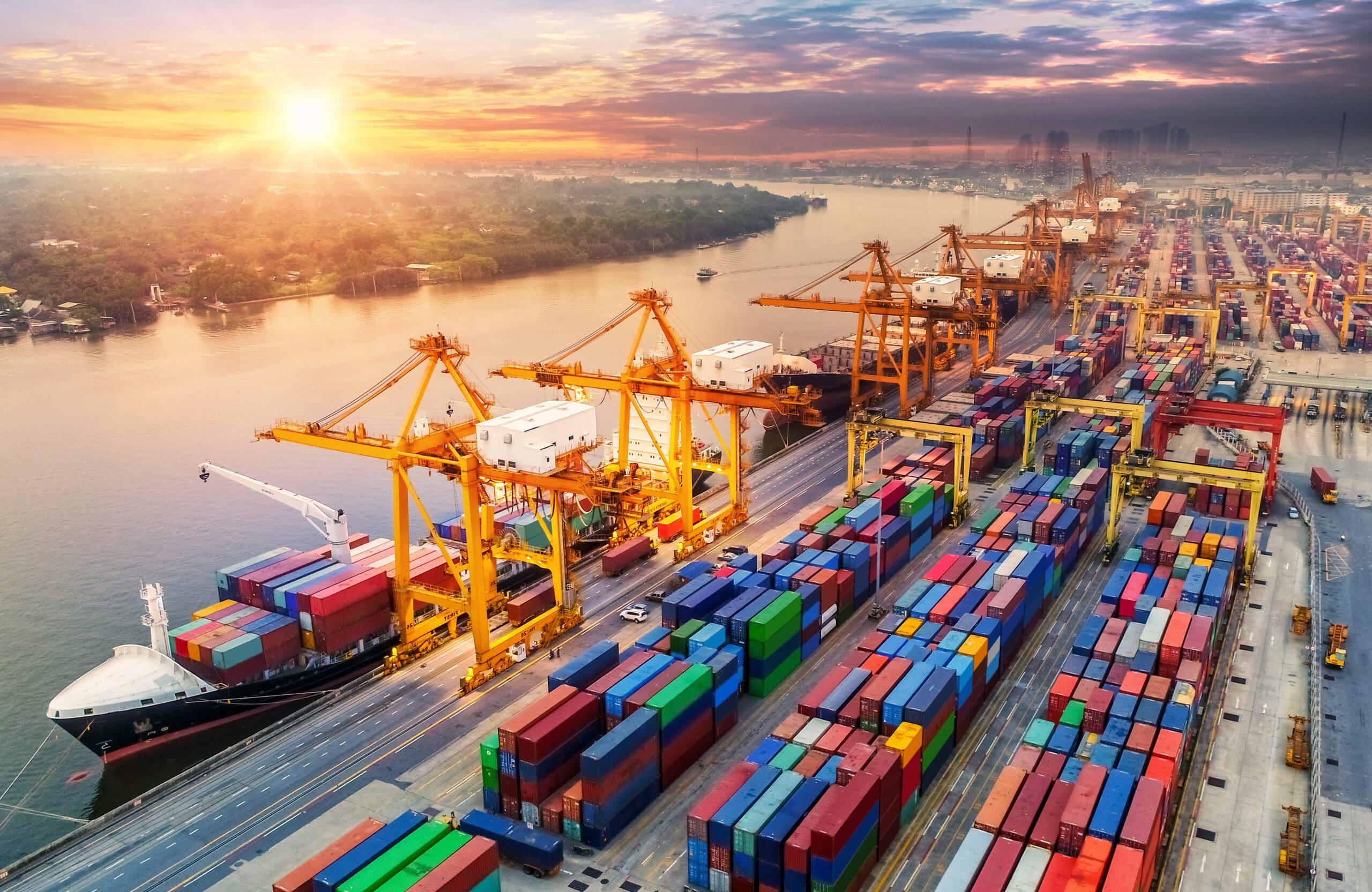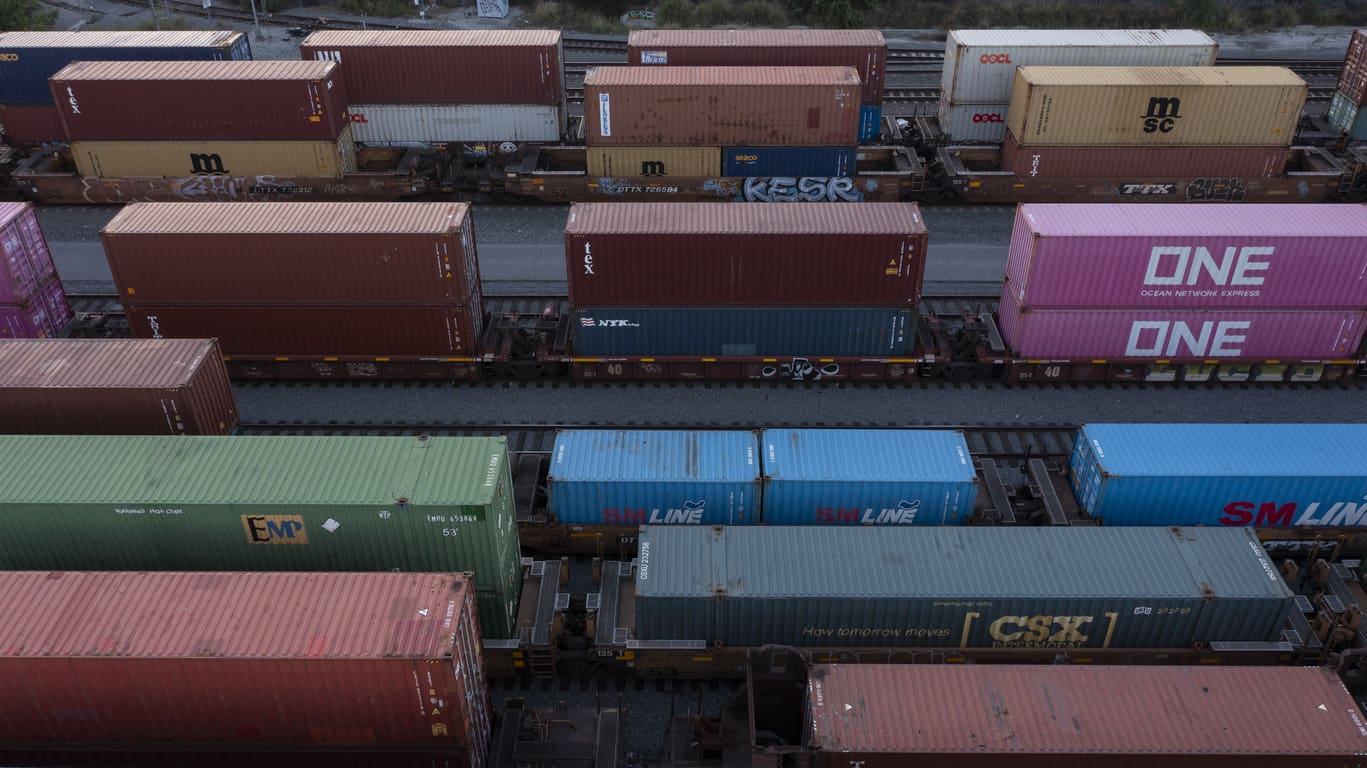Building and maintaining resilient global supply chains should be top of mind as you strategize how to meet existing demand for your products and grow your business. Certainly, the pandemic has created unique characteristics in global supply chains that are requiring companies the world over to think creatively. In short, a fierce rise in global demand, pandemic-related labor constraints and a dearth of global raw material supplies have underpinned tight global manufacturing and logistics capacities.
Businesses can take two steps towards better navigating supply chain disruptions: first, develop a thorough understanding of shifting supply chain dynamics and how they influence your own business; second, partner with an experienced specialty contract manufacturer, such as E-BI, who can guide your business through supply chain challenges.
Global Raw Material Price Increases
Skyrocketing global raw material prices have been fueled by a consumer spending spree and raw material supplies that can’t keep pace with demand for finished goods, leaving many companies with significantly higher input costs than at the start of the pandemic.
According to JPMorgan, aggregate global input costs for suppliers have risen consecutively for the past ten months. Global input prices in March not only rose to their highest levels since August 2008 but have also increased more rapidly than during any other period since the Global Financial Crisis.
Production interruptions of commonly used raw materials have exacerbated supply shortages. Power outages during the February freeze in America’s south brought many materials suppliers, including the world’s largest petrochemical producing facility, to a standstill. As a result, global prices and delivery lead times for chemical compounds used to make plastics have reached their highest levels in years. Prices of PVC alone have more than doubled since last summer, according to S&P.
Manufacturing Capacity Constraints and Elongated Delivery Times
In March, global manufacturing production increased at one of the quickest rates of the past decade: manufacturing activity reached multi-year highs in the US, Taiwan, Germany, and Japan. While manufacturing activity in China, India, Philippines, Indonesia and Vietnam is not at multi-year peaks, activity has consistently risen over the past 6 to 8 months.
Despite increased activity, suppliers are still struggling to keep up with soaring demand for goods. The rise in activity has been bolstered, in part, by even steeper increases in new orders placed with global manufacturers. March alone saw the strongest global expansion of incoming new orders in just over a decade, with the global new orders to finished goods ratio standing at 1.2, a high since 2010 (IHS Markit).
Although global manufacturing employment has increased for five consecutive months, rising the quickest in March since November 2018, many major producing regions are still operating below full capacity due to Covid-related restrictions. Manufacturing employment in India has declined every month for the past year, and China has also recently seen contractions in manufacturing employment, although the country’s manufacturing sector has continued to rebound from February 2020 low (IHS Markit).
These and other dynamics have resulted in global supplier lead times lengthening at a near-record rate. The global increase in supplier delivery times in March was the second-greatest increase on record, surpassed only by April 2020 (JP Morgan).
Global Seaborne Freight Headwinds
Global shipping costs and lead times have both been driven substantially higher due to soaring consumer demand, over-saturated ports, as well as a dearth of container ships and dockworkers.
Seaborne imports into the US’s two largest ports (Los Angeles and Long Beach) peaked in February with 800,000 total containers arriving. This marked a 31% and 49% YoY increase in ship arrivals and import containers respectively (Flexport).
Los Angeles now has more than 15 ships arriving per day compared to 10 ships before the pandemic. Average shipment processing times have increased from two days to eight, exacerbated by a shortage of port labor – about 800 of the port’s 15,000 workers are on pandemic-related leave. In 2021 so far, an average of 30 ships per day are anchored off Los Angeles waiting to unload their containers, well above the normal average of 0 to 1 ship (WSJ).
Prices for shipping a container from China to the US have hovered near record highs for several months. Average 40-foot equivalent unit shipping rates from Shanghai to Los Angeles were $4,500 in March versus $1,200 in January 2020 (WSJ).
The March grounding of a massive container ship in the Suez Canal, which subsequently delayed almost 300 additional ships, aggravated an already acute global container shortage. Pre-pandemic, it took roughly five weeks for a container to be shipped from Shanghai to Los Angeles and back to Shanghai. Recently, however, containers are taking at least two months to return back to China before they can be loaded up again (WSJ).
Partner with a Global Rapid Specialty Contract Manufacturer
If your business relies on overseas production, both understanding and reacting to changing supply chain dynamics is challenging. Outsourcing your manufacturing, engineering and supply chain management to an experienced global contract manufacturer like E-BI can help your business build and maintain more resilient, well-structured supply chains.
Over the past 21 years, E-BI’s engineers, designers and manufacturing experts located in the US, China, India and Vietnam have developed a unique fluency in local manufacturing dynamics of overseas production hubs. E-BI’s in-country presence and multi-regional expertise allows them to design and manage geographically agnostic supply chains that most efficiently meet their customers’ needs.
E-BI has established global partnerships with over 500 vetted specialty manufacturers that touch nearly every manufacturing vertical. Having a pre-established network of proven suppliers allows E-BI to more rapidly design supply chain solutions for their customers, ultimately reducing total lead times.
E-BI’s manufacturing engineers routinely conduct in-person audits of their partners to ensure they are using the highest quality methods and standards of production. By placing their engineers directly on factory floors during production, E-BI is able to offer their customers greater supply chain and production transparency.
A proven 20-year track record allows E-BI to partner with expert factories that are producing products for large global companies, a supplier base that would otherwise be inaccessible to many companies sourcing on their own. This category of supplier often offers higher quality and larger production capacity, potentially mitigating manufacturing capacity constraints.
With teams around the globe, E-BI can react, in real-time, to changing manufacturing and supply chain dynamics and conduct second sourcing practices on behalf of their customers. Second sourcing sets up a separate supply chain that can be used as a fallback solution, offering businesses greater continuity in times of disruption.
Interested in learning more about how E-BI can help your business establish more effective product development, global supply chain and manufacturing resources? Click here to connect with their US-based team of engineers.
This was a guest post by E-BI, an international partner with over 20 years of contract manufacturing experience and over 300 million products delivered worldwide









